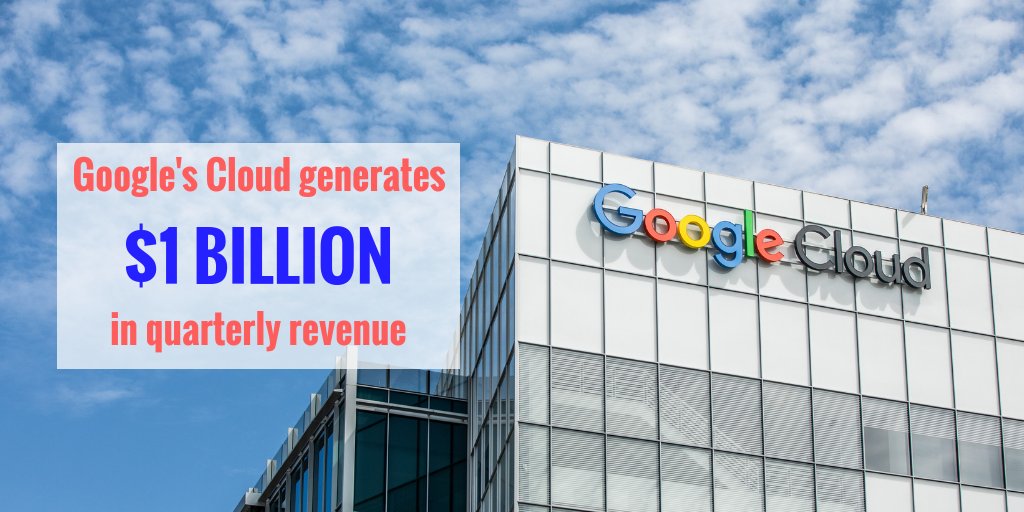Of course, the missing piece of our cloud discussion is Google Cloud. In some ways, Google is a minor player in the cloud world, despite popular cloud-based apps like Google Docs and Google Drive. It’s not even in third place — it’s in fourth, behind IBM. The difference, however, is that IBM steadily loses market share while Google’s territory in the cloud continues to grow.
Google grew from 5 percent to 6 percent in the first quarter of 2018. While this isn’t mind-blowing growth, it certainly is mind-blowing money: Alphabet, Google’s parent company, reported that Google Cloud generated $1 billion in revenue quarterly. Google CEO doesn’t believe the company’s growth is simply because of an overall growth in the cloud. Further, Google sees its competitive advantage as being in the realm of AI.
Google is going all in on AI-powered SaaS, blockchain and other tech-forward solutions. These will doubtless have an appeal in certain sectors of the manufacturing and tech markets. As with any other cloud platform, it’s important to evaluate what your needs are and if Google’s cloud solutions can meet those needs, either on their own or as part of a broader multi-cloud solution.
The main thing to remember is that it’s important to think outside the box when it comes to cloud solutions. Look for features rather than brands and consider what a multi-cloud option might do for your organization.






